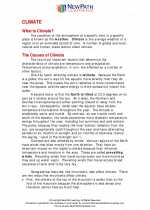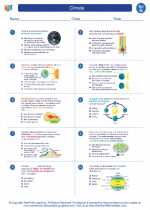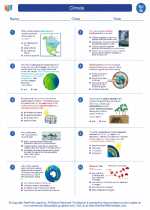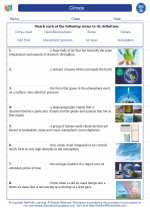Glaciation
Glaciation refers to the process of the formation, advancement, and recession of glaciers. It is a significant geological and climatic phenomenon that has shaped the Earth's landscape over millions of years. Glaciation occurs when the accumulation of snow and ice exceeds the ablation (melting and sublimation) over an extended period of time, leading to the formation of glaciers.
Key Concepts:
- Formation of Glaciers: Glaciers form from the compaction and recrystallization of snow into ice over many years. The weight of overlying snow causes the lower layers to recrystallize into dense glacial ice.
- Types of Glaciers: There are two main types of glaciers: alpine (or mountain) glaciers, which form in mountainous regions, and ice sheets, which are massive, continent-scale glaciers that cover large areas of land.
- Glacial Erosion and Deposition: Glaciers are powerful agents of erosion, carving out valleys, fjords, and cirques. They also deposit sediments in the form of moraines, drumlins, and eskers as they advance and retreat.
- Effects of Glaciation on Climate: Glacial periods, known as ice ages, have had a profound impact on global climate and sea levels. The advance and retreat of glaciers have been linked to changes in atmospheric carbon dioxide levels and the Earth's orbital parameters.
Study Guide:
Here are some key points to focus on when studying glaciation:
- Describe the processes involved in the formation of glaciers.
- Explain the differences between alpine glaciers and ice sheets in terms of their size, location, and impact on the landscape.
- Discuss the various landforms created by glacial erosion and deposition, and provide examples of each.
- Explore the theories and evidence regarding the causes of ice ages and their effects on the Earth's climate.
- Examine the current and potential future impacts of glacial retreat on sea levels, ecosystems, and human societies.
Studying glaciation involves understanding a wide range of geological, climatological, and environmental concepts. Be sure to review the key processes, landforms, and historical significance of glaciation to gain a comprehensive understanding of this important topic.










